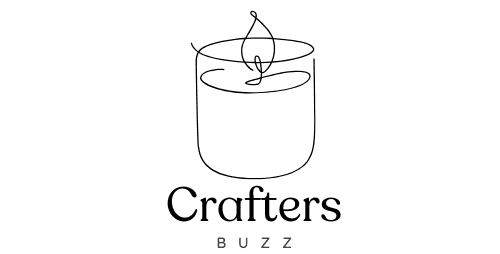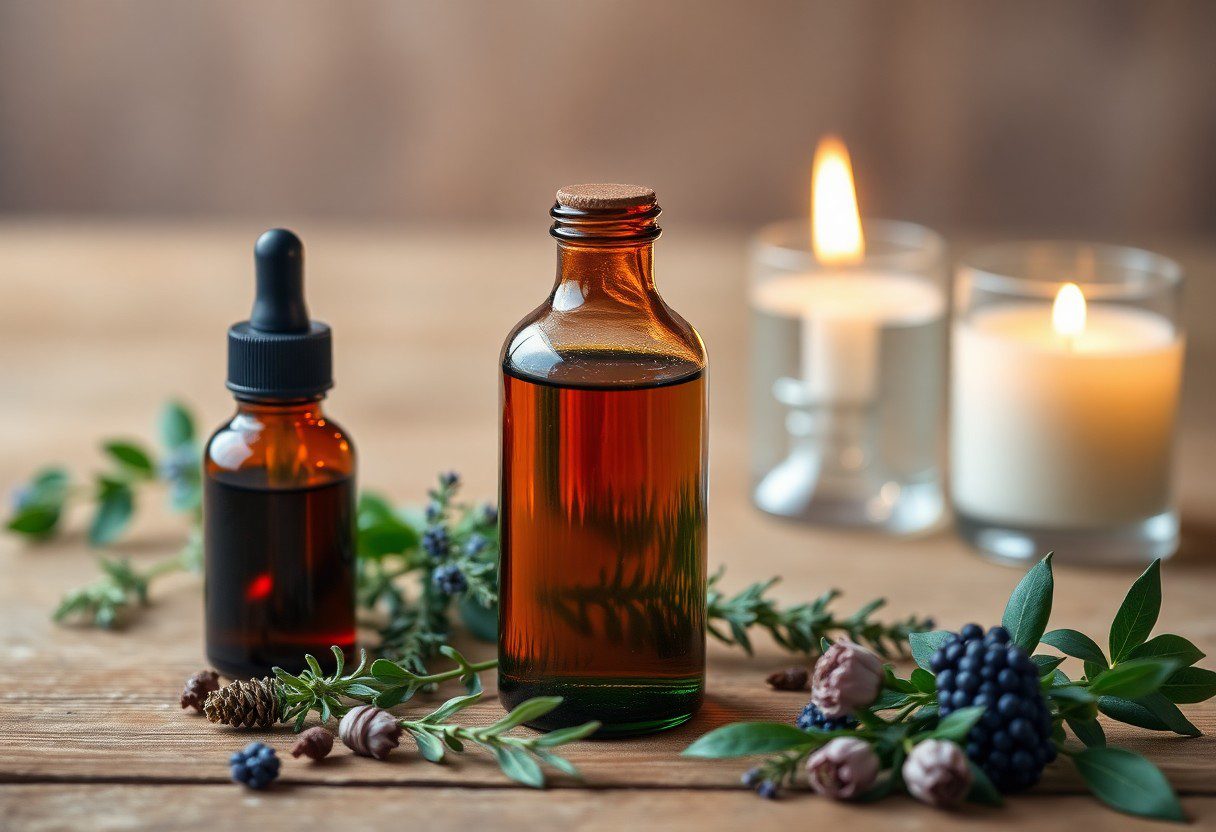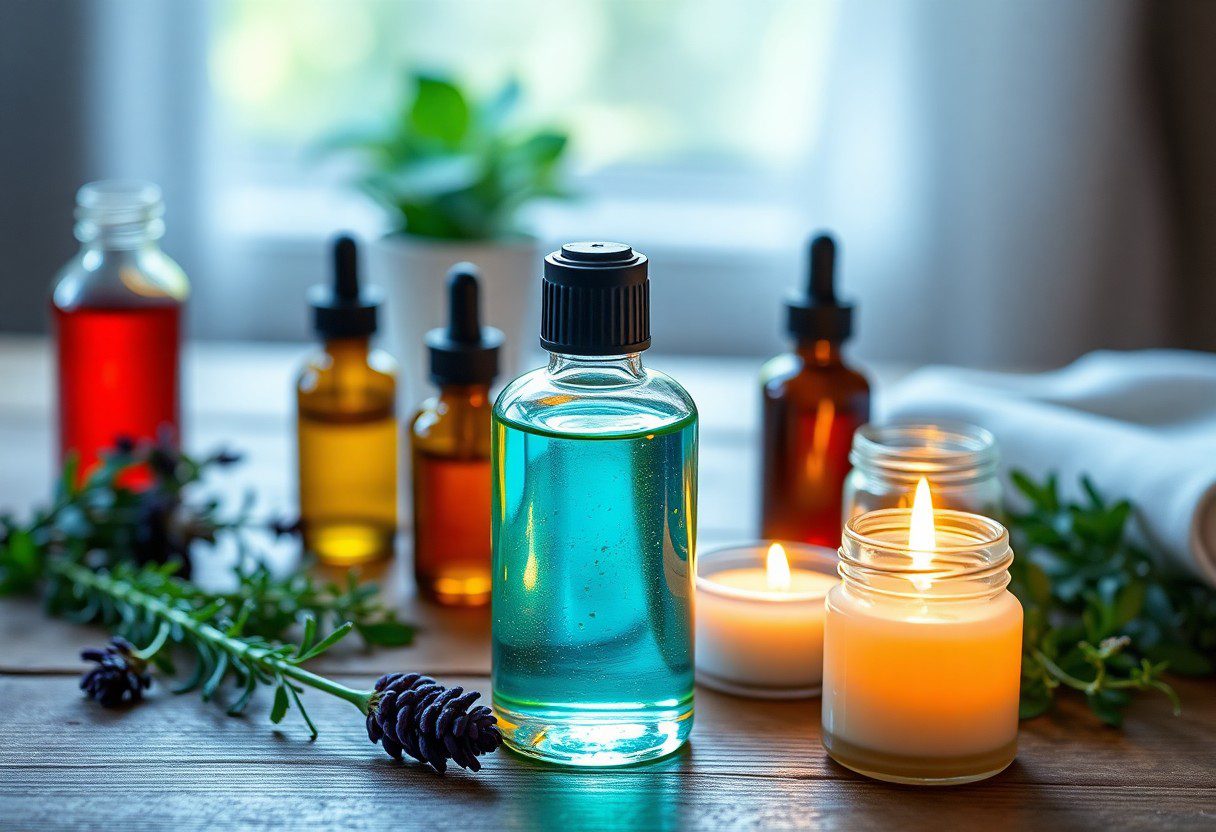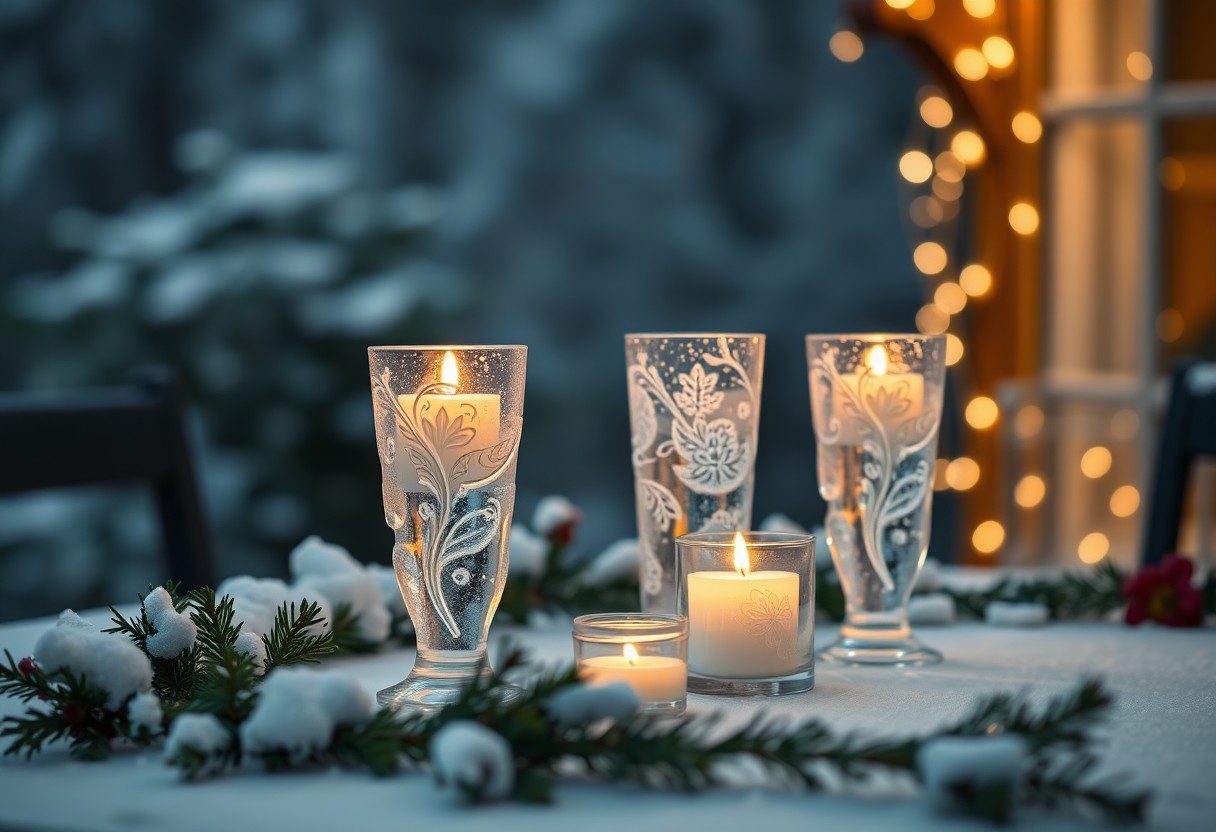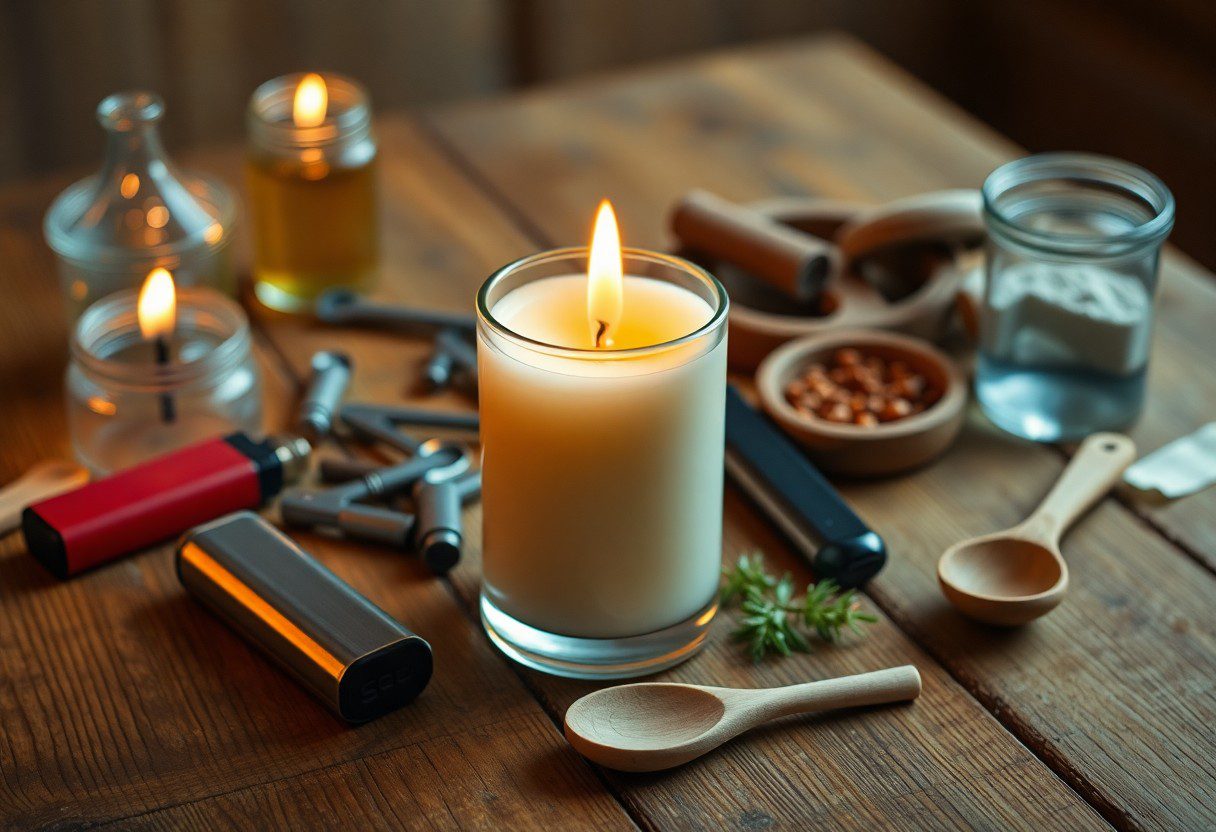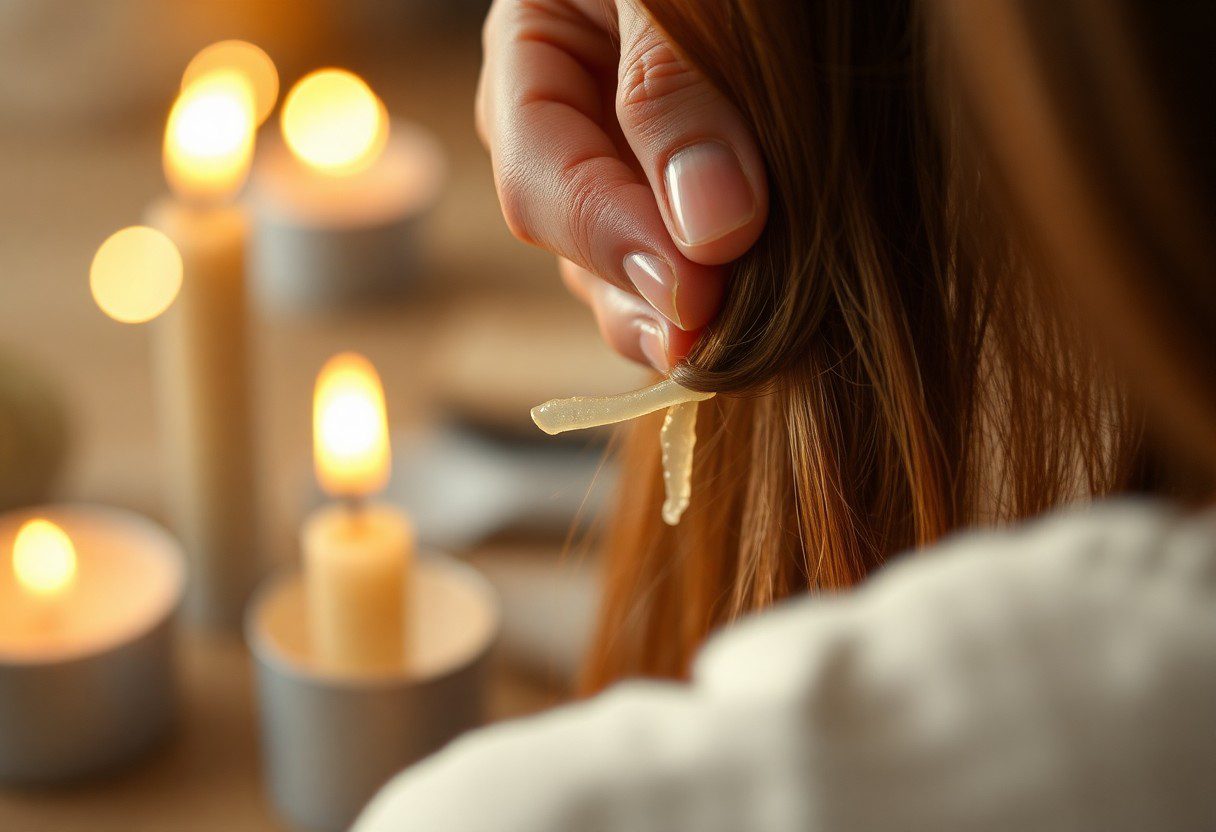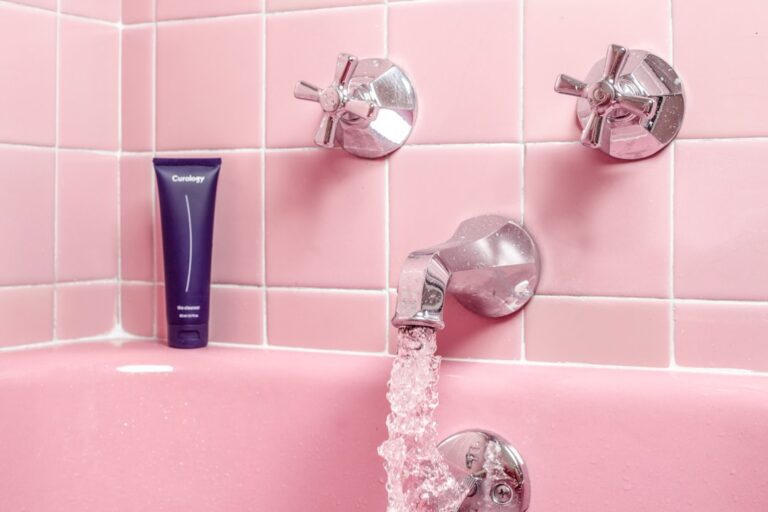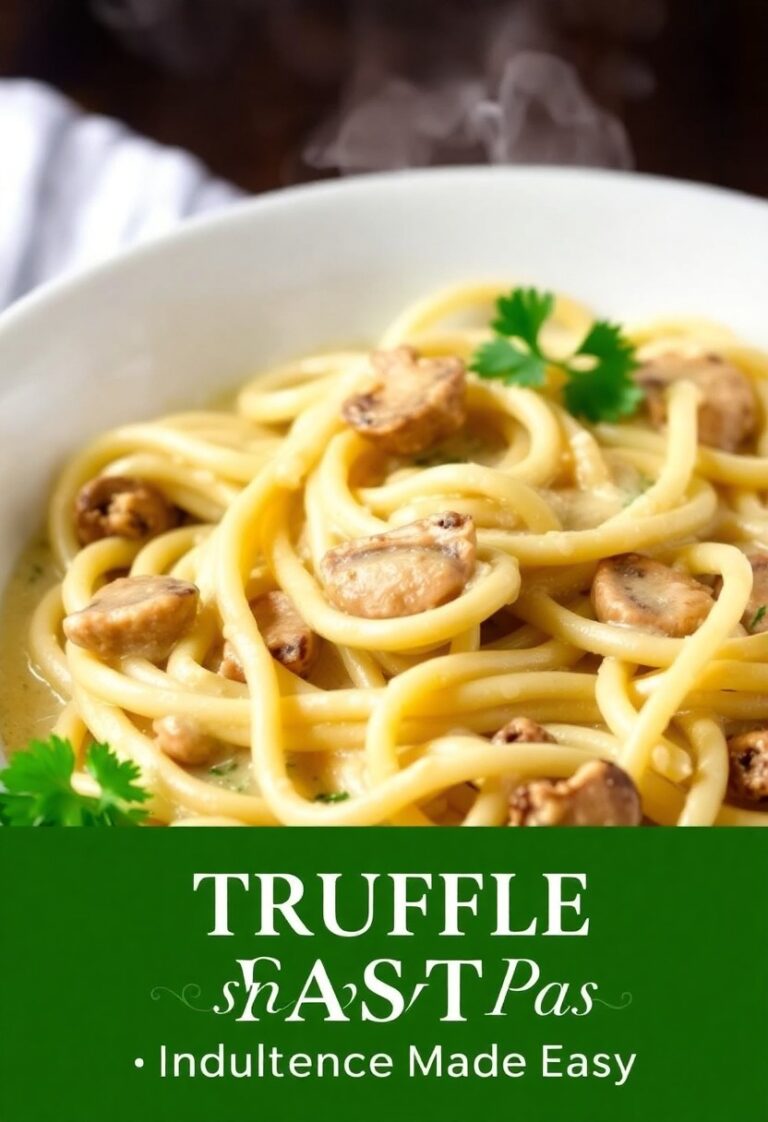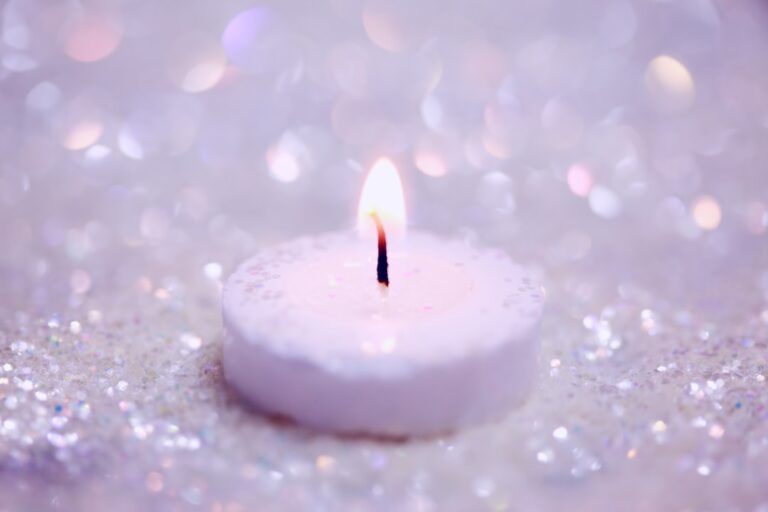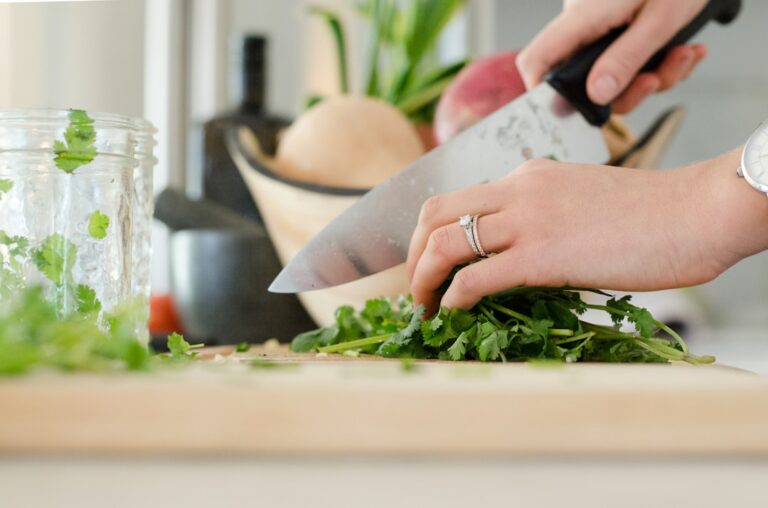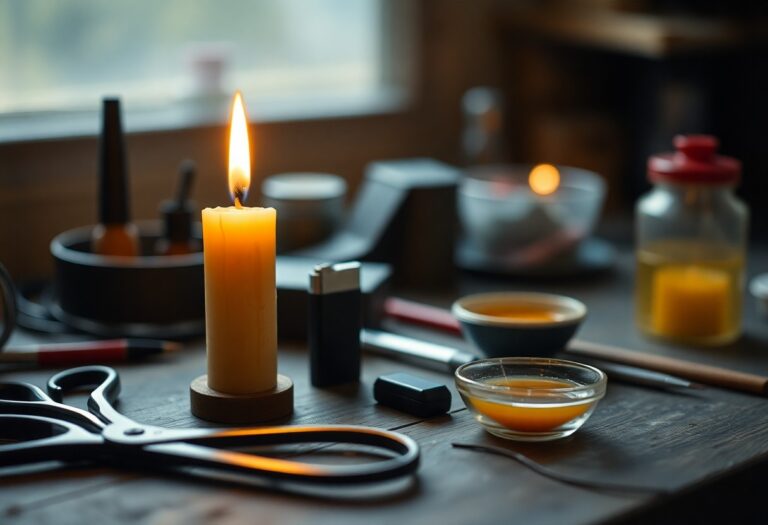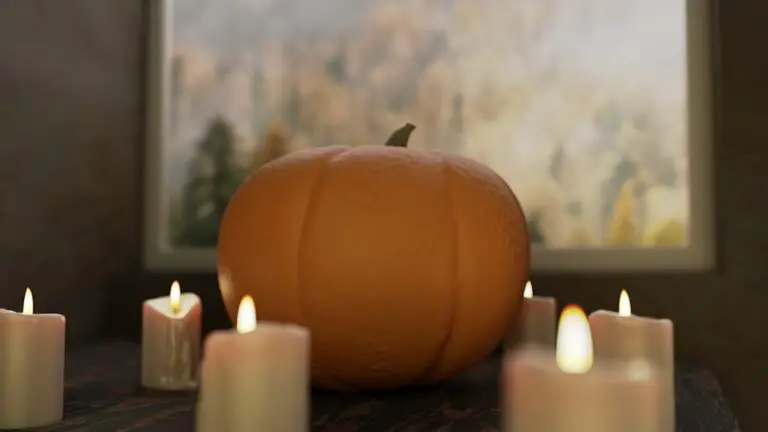how to make candle oil fragrance
Over time, you can transform your simple candle-making experience by creating your own candle oil fragrances. This process not only allows you to personalize your aroma blends but also brings a sense of fulfillment as you craft unique scents that reflect your personality. You will need vital oils, fragrance oils, and the necessary supplies to ensure a safe and enjoyable experience. By following the right techniques, you can safely experiment with different combinations, allowing your candles to emit delightful and inviting fragrances that enhance any space.
Understanding Candle Fragrance Oils
For anyone venturing into candle making, grasping the nature of candle fragrance oils is important. These oils not only enhance the sensory experience but also influence the candle’s overall appeal. With various options available, it’s important to familiarize yourself with their properties and suitability for your projects to achieve the desired aromatics in your creations.
Types of Fragrance Oils
- Natural Fragrance Oils
- Premium Fragrance Oils
- High-Quality Synthetic Oils
- Blended Oils
- Essential Oils
| Type | Description |
|---|---|
| Natural Fragrance Oils | Made from natural sources like plants and flowers. |
| Premium Fragrance Oils | High-quality mixtures designed to mimic natural scents. |
| High-Quality Synthetic Oils | Manufactured for consistency and longevity in scent. |
| Blended Oils | Combines various fragrance elements for unique aromas. |
| Essential Oils | Pure plant extracts with therapeutic properties. |
Perceiving the individual characteristics of each type will enhance your ability to select the appropriate fragrance for your candles.
Essential Oils vs. Synthetic Fragrance Oils
Around the world of candle making, the choice between important oils and synthetic fragrance oils can significantly impact your outcome. While important oils are derived from plants and offer aromatic benefits, synthetic oils often provide a wider variety of scents that may not occur in nature.
Fragrance oils can differ greatly in quality and safety. Essential oils are typically considered safe and carry therapeutic benefits, making them a great choice for those who prefer natural scents. On the other hand, synthetic fragrance oils can provide a larger range of aroma choices, though some may contain potential allergens and harmful chemicals. Be cautious and always check the safety data of scented candles you create, ensuring you prioritize your health while indulging in your aromatic passions.
Ingredients Needed for Candle Oil Fragrance
It is vital to have the right ingredients for creating a delightful candle oil fragrance. By using high-quality components, you can ensure that your homemade fragrances are not only effective but also safe for use in your candles. The primary ingredients you will need include base oils, fragrance additives, and colorants, depending on your desired scent profile and aesthetics.
Base Oils
Beside fragrance additives, you’ll also need base oils, which serve as the carrier for your scents. These oils dilute the fragrance and enhance its performance when blended into your candle wax. Popular base oils include sweet almond oil, coconut oil, and jojoba oil, each contributing unique properties to your finished product.
Fragrance Additives
Along with base oils, fragrance additives play a significant role in your candle’s aroma. These are specifically formulated to enhance or modify the scent profile you desire. You can choose from vital oils, synthetic fragrance oils, or a combination of both to create a signature scent.
Base oils should be chosen carefully, as they can significantly impact the scent throw and overall quality of your candles. Always opt for high-quality, skin-safe oils that do not overpower your fragrance. When working with synthetic fragrance oils, be aware that some can contain allergens, so it’s wise to check the ingredient list. Essential oils offer a more natural option, but some may have a tendency to fade over time. By balancing these options thoughtfully, you can achieve a long-lasting and inviting aroma.
Step-by-Step Guide to Creating Candle Oil Fragrance
Even a novice can create delightful candle oil fragrances by following some simple steps. Here’s a concise breakdown of the process:
| Step | Description |
|---|---|
| 1 | Prepare your workspace |
| 2 | Measure your ingredients |
| 3 | Mix thoroughly |
| 4 | Let it sit |
Preparing Your Workspace
Preparing your workspace is the first step toward creating your candle oil fragrance. Make sure your area is clean and organized, with all necessary tools within reach. Lay down newspaper or a nonslip mat to protect surfaces, and keep safety equipment like gloves and goggles nearby for added protection.
Measuring and Mixing Ingredients
Your precision in measuring and mixing ingredients will significantly impact the fragrance outcome. Use a scale to weigh your wax and fragrance oil, typically a ratio of 1 ounce of fragrance per pound of wax. Pour the fragrance oil into the melted wax and stir gently for about 5 minutes.
Also, ensure your measurements are accurate to prevent overpowering scents or inadequate fragrance throw. After mixing, let the blend cool slightly before pouring into your candle molds. Keep in mind that some fragrance oils may have a different flashpoint, so always check the specifications for safety. Following this process can lead you to create beautiful and aromatic candles that can elevate any space.
Tips for Achieving the Perfect Scent
Not all fragrances will complement your candle, so it’s important to experiment. Here are some tips to help you create the ideal scent:
- Choose high-quality fragrance oils.
- Consider the cold throw versus the hot throw.
- Mix notes wisely for a balanced aroma.
- Test your final blend before mass production.
Thou shall find the right combination that resonates with your personal style.
Scent Throw and Strength
About the strength of your candle fragrance, achieving a desirable scent throw is necessary. Focus on the proportion of fragrance oil to wax; generally, a concentration between 6-10% yields the best results. Conduct tests to gauge how well your chosen fragrance spreads throughout a space, making adjustments as necessary.
Blending Techniques
Scent is a beautiful interplay of different notes, and mastering blending techniques is vital for creating memorable candle fragrances.
Due to the complexity of scent profiles, you can explore top, middle, and base notes to construct a well-rounded fragrance. Start by blending a small amount of necessary oils or fragrance oils in a separate container to see how they interact. Ensure the mixtures encapsulate your desired aroma and provide a good balance. Always use strong scents sparingly, as they can easily dominate and overpower the blend if you’re not careful. Test the blend in the wax to see how it performs both cold and hot, adjusting proportions as needed.
Safety Precautions When Making Fragrance Oils
After you’ve gathered your materials and are ready to initiate on your fragrance oil-making journey, it’s important to prioritize safety. You should always work in a well-ventilated area and use proper protective gear such as gloves and eyewear. For more detailed guidance, check out How To Make Scented Candles At Home. Following these precautions will help ensure a safe and enjoyable crafting experience.
Handling Ingredients
Ingredients like important oils and fragrance oils can be potent and should be handled with care. Always read the labels on your ingredients to understand their properties and any potential risks. Use appropriate tools for measuring and mixing to avoid spills or skin contact, and keep your work area tidy to minimize hazards.
Storage and Usage Guidelines
With proper storage and usage, you can maximize the lifespan and effectiveness of your fragrance oils. Always keep your oils in a cool, dark place, away from direct sunlight and heat sources to maintain their quality.
At the same time, ensure that your fragrance oils are stored in well-sealed containers to prevent any evaporation or contamination. It’s wise to label each bottle with the type of oil and date purchased, and always adhere to recommended dilution ratios when using them in candles or other projects. This approach will help you enjoy your creations safely and effectively.
Common Mistakes to Avoid
Despite the joy of crafting your own candle oil fragrances, there are some common mistakes that can hinder your progress. How to Create Your Own Scent Blends for Soap and Candles can guide you through the process to avoid pitfalls such as using too much fragrance oil or neglecting temperature requirements.
Overusing Fragrance Oils
Among the most frequent mistakes is overusing fragrance oils. While it may seem tempting to enhance the scent, exceeding recommended concentrations can lead to undesirable effects, such as poor burning qualities or an overwhelming scent that can be harsh. Stick to the suggested guidelines to achieve a well-balanced fragrance.
Ignoring Temperature Requirements
Common mistakes include not adhering to temperature requirements during the candle-making process, which can affect scent throw and clarity. Temperature control is vital: pouring wax at the wrong temperature can cause fragrances to dissipate quickly or lead to uneven burning. Ultimately, proper temperature management maximizes your candle’s aromatics.
Temperature Management Tips| Too Low: | Can result in a weak scent throw. |
| Too High: | May burn off your fragrance quickly. |
Also, keeping an eye on your wax temperature is necessary for maintaining the integrity of your fragrance. Pouring wax below the recommended temperature can leave unwanted air bubbles, leading to poor scent diffusion. Likewise, if the wax is too hot, necessary notes may be lost, resulting in a less than satisfactory candle. Using a thermometer can help you achieve and maintain the ideal temperature for best results.
Temperature Guidelines| Wax Type | Ideal Pouring Temperature |
| Paraffin | 160-180°F |
| Soy | 130-150°F |
Conclusion
So, by following these simple steps, you can create your own candle oil fragrance tailored to your personal preferences. Start with high-quality crucial oils and carrier oils, experiment with various combinations, and ensure to measure your ingredients accurately for the best results. With practice, you’ll develop a unique signature scent that enhances your space and fills it with delightful aromas, reflecting your style and taste.
Q: What ingredients do I need to make candle oil fragrance?
A: To create a candle oil fragrance, you will need the following ingredients:
1. Fragrance oils or vital oils – These provide the desired scent for your candles.
2. Carrier oil – A lighter oil such as coconut oil or sweet almond oil can be used to mix with the fragrance oils.
3. Wax (if you’re making candles) – Soy wax, paraffin wax, or beeswax, depending on your preference.
4. Mixing tools – A bowl, spoon, or whisk for combining your oils.
5. Scale – To accurately measure your oils for consistent results.
Lastly, if you want to incorporate color, you can also have candle dye on hand.
Q: How do I determine the right amount of fragrance oil to use in my candle oil mixture?
A: The optimal amount of fragrance oil to use typically ranges from 6% to 10% of the total weight of the wax. A good starting point is to use about 1 ounce of fragrance oil per pound (16 ounces) of wax. For a more personalized scent strength, you might adjust according to your preference; however, be cautious not to exceed the recommended percentage, as it might affect the burning quality of the candle. When mixing, it’s advisable to test small batches first to find your ideal scent concentration.
Q: How can I ensure the fragrance oil is evenly distributed in my candle oil mixture?
A: To achieve an even distribution of fragrance oil in your candle oil mixture, it’s vital to mix thoroughly. Start by warming your carrier oil slightly, as this helps it blend better with fragrance oils. Then, gradually add the fragrance oil to the warmed carrier oil, stirring consistently with a whisk or spoon until fully incorporated. If you are making candles, ensure that you add the fragrance oil to the melted wax when the temperature is within the recommended range—usually between 170°F to 185°F (77°C to 85°C)—for optimal binding. Allow this mixture to cool slightly before pouring into your candle molds.
